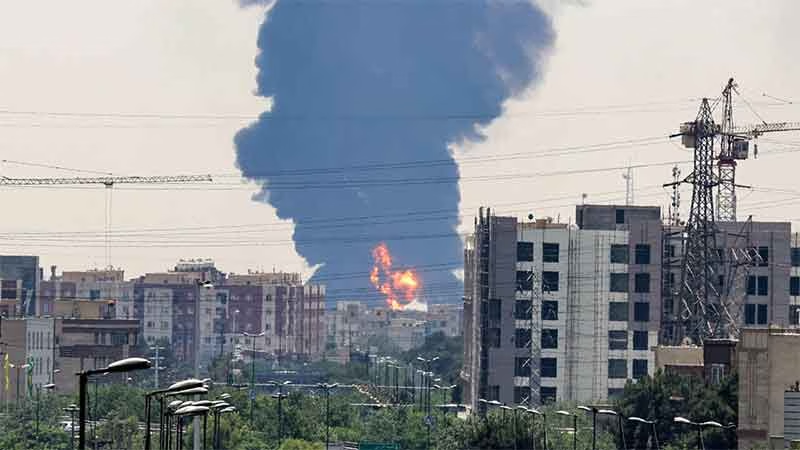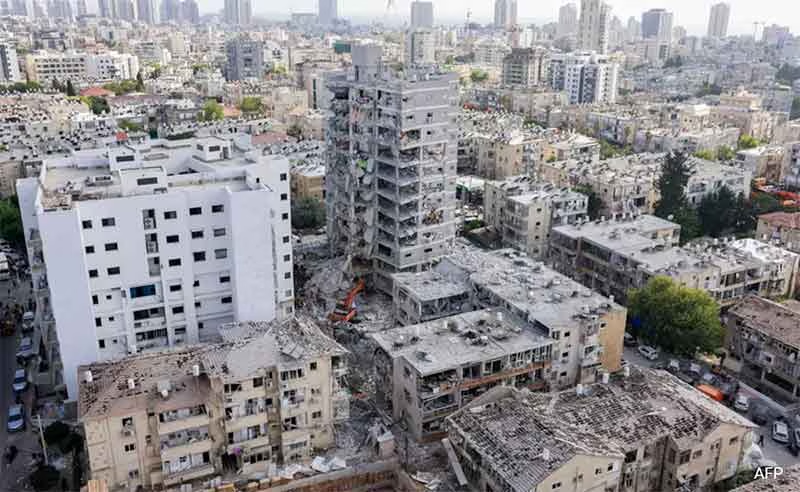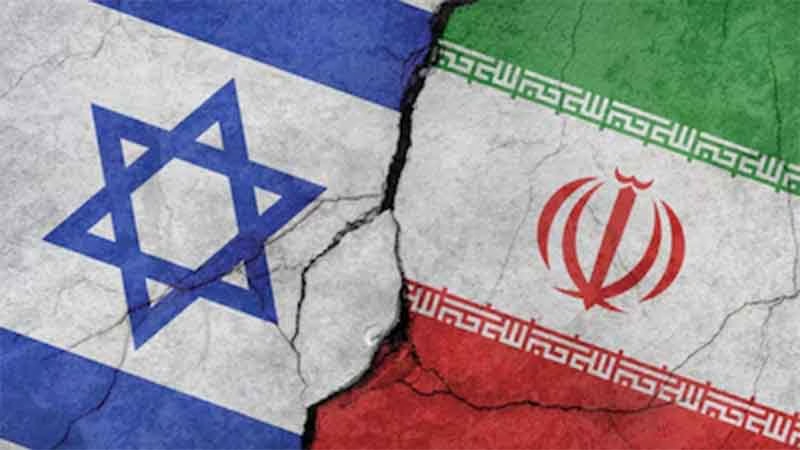
In ancient Kashmir there existed “several market places and bazaars in the city of Srinagar”, while the first “wholesale market” of Kashmir, Maharaj Gunj, was “lately constructed”. (Gazetteer of Kashmir (1890), 772). Sir W R Lawrence writes: “In Kashmir there are certain depots of trade, the chief being Srinagar, Baramula, Islamabad, Shupiyon, and Bandipur. Latterly Panjabi traders have opened business in these places, importing manufactured cotton and piece goods, brass, copper, and iron, salt, sugar, tea, tobacco, and a certain amount, and that an increasing amount, of petroleum. These traders export to the Panjab non- intoxicating drugs, fibres, fruits, hides and skins, ghi, linseed, rape-seed and jiglii, wool raw and manufactured….”. (Valley of Kashmir (1895) page 387) He does not specifically mention name of S R Gunj market, as yet, the reference to this trade centre is clearly appreciable from the use of the words “latterly Panjabi traders”.
The market, Shri Ranbir Gunj /SR Gunj or Maharaj Gunj, is apparently after the name of its founder, Maharaja Ranbir Singh (1857-1885). This large quadrangle market was established by him in 1863-64 on the right bank of river Jhelum, above the Aali Kadal, or fifth bridge, by settling in it non-Muslim Punjabi traders, popularly called Khatris, from Amritsar who had lent huge money to his father Gulab Singh for facilitating purchase of the valley vide notorious Treaty of Amritsar of 1846 & whom he wanted to pay off those unpaid loans of his father. The market contained the “shops of the jewelers, silversmiths, and other tradesmen with whom European visitors usually dealt”. (Gazetteer of Kashmir (1890), 772). The market is controlled by the traders‘ body called Beopar Mandal the office whereof is housed in & operating from, one of the buildings surrounding the market & the signboard fixed there shows that Beopar Mandal, the first ever traders‘ body of Kashmir, was formed in 1860. (KR, 18-01-2014)
The peculiarity of this quadrangle market is the three storeyed buildings that are dotting it on all four sides with an inside rectangular park between them. The buildings are made of stones, typical Maharaja Bricks & lime with wooden ceilings inside of each storey. As mentioned above, the market was “formally” established by Ranbir Singh in early 1860s but there is strong evidence to show that this market in some shape, whatever, with buildings in and around there existed, even before Ranbir Singh’s time. Sir William Moorcroft in his monumental work, Travels in the Himalayan Provinces of Hindustan and the Punjab; in Ladakh and Kashmir; in Peshawar, Kabul, Kunduz, and Bokhara (1819-1825) which is edited by Horace Hayman Wilson, (published by John Murray, London, 1841), in Vol. 2, at page 116 confirms it in these words:
“Between the bridges called Saraf-kadal and Kazi-kadal, and on each side of the canal, is the part of the town called Sheikh Mahal, in which are situated the best houses in Kashmir, occupied by merchants and bankers: to the east lies the principal mosque.”
(1) The canal in this Moorcroft quote refers to erstwhile Nalla Mar canal that ran through the down town/old town of Srinagar from Bari Nambal Lagoon to Khush Hal Sar/Lake, which (canal) was filled & converted into present Nalla Mar Road in 1970s by the then CM of the State. (2) S R Gunj market is located in Sheikh Mohalla which is adjacent to the vicinity of Wazpora. (3) Kadi Kadal is the distortion of Kazi Kadal in the quote. Sir W R Lawrence writes at page 296 of his book, the valley of Kashmir, there were in 1895 (publication year of the book) only Four Qazis in Srinagar. By natural inference, we may say that all four Qazis must have been residing in Qazi/Qadi Kadal of that time.
This historical record shows that the inhabitants of the mentioned areas were most prosperous businessmen of Kashmir those times. The tradition has been continued till date as there are presently also number of jewelers & goldsmiths’ shops in the specified localities. It also proves that the people of these areas were better-off than other inhabitants of the small city of Srinagar those days. A well known retired geologist & senior citizen of Kashmir, Jalal ud Din Shah , says that several Muslim families of gold smiths & other merchants have lived in Ziana Kadal, Gadh Bazar, Saraf Kadal & Qadi Kadal , the areas adjacent to SR Gunj, “since centuries”. Their residential houses, unique in stature & structure from the then architectural point of view, till date, stand testimony to these facts. Moorcroft’s above quote apparently refers to all these houses some of which vanished in execution of Nallamar Road project of 1970s. On historical testimony, we can say, the socio-economic conditions of people of other areas of Srinagar & villagers of Kashmir were, however, very appalling.
Whileas Moorcroft chronicle dates back much earlier to Dogra Rule. Its date is from 1819-1825. Seemingly, MR Gunj does not fit in the date of this chronicle. But another learned senior citizen & ex-government officer, Showkat Fazili, is of the opinion that “Morcrooft couldn’t have been too widely off the mark while designating the area from Qazi Kadal to Saraf Kadal stretch & not having Maharaj Gunj area in his mind when he says the stretch possessed the best of houses, dotted with merchants & bankers as Maharaj Gunj was also in the midst of this stretch from back side. Therefore, Maharaj Gunj must have been definitely to be a part in the reckoning of the Morcrooft’s stretch. However, two possibilities of not naming this area during the time could be there: First, the said area was just a part of stretch without name which came to be later on given to it by the Dogra ruler, Maharaja Ranbir Singh, albeit it might have been a well established business centre during Morcrooft’s time when he visited Kashmir. Second, possibility could be that the Maharaj Gunj area was not in the reckoning of that stretch which Morcrooft delineated from Qazi Kadal to Saraf Kadal – as not been worth of any business activity which was later on developed by the Dogra ruler. The second possibility , however, sounds less than convincing”.
But, since these antique buildings of magnificent architecture existed there with businesses run therein by their owners well before Ranbir Singh’s time, it may be reasonably held that the market already existed there & some of the Khatri-merchants might have shifted from Punjab to this place well before, or at the time of, Moorcroft travel of Kashmir valley when it was ruled by Sikhs of Punjab (1820-1846). Those Punjabi Khatris may have built these excellent buildings of the market before Ranbir Singh’s rule. Some Hindu traders from Afghanistan during Afghan rule of Kashmir may have also settled around this market. However, the formal name “S R Gunj” was given to this trade centre, in whatever shape it might have been there, during Ranbir Singh’s rule. The Suryawanchi marks engraved on these buildings also show that builders thereof were non-Muslim rulers. The Khatris resided in upper two floor/s of these beautiful buildings while they carried on their business operations in their ground floor shops & godowns.
At the time of partition, when the market was fully controlled by the Khatris, most of them fled the valley with Maharaja Hari Singh’s escape on 26-10-1947. With onset of armed resistance in 1989, save few Khatri-families of Malhotras, Mehras and Gandotras who stayed put, (KL, 04-05-2010) all of them have migrated & left their businesses in SR Gunj & these buildings have been purchased by local traders who consequently & presently control & run this heritage market of Kashmir, now.
M J Aslam is Author, academician, story-writer & columnist










































